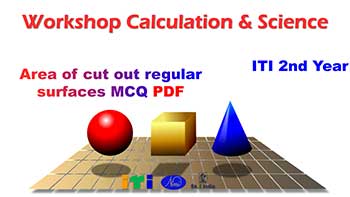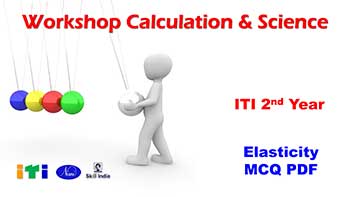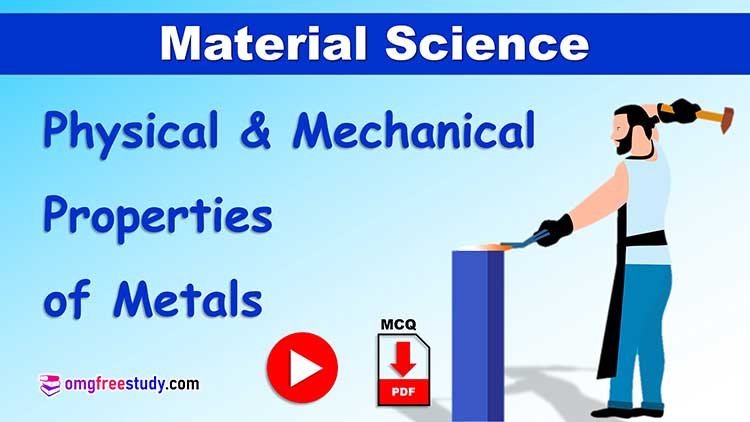Obstruct the motion when one surface slide or tend to slide over the other surface is called as friction.
Table of Contents
ToggleFrictional Force Diagram
Consider a block is kept on a horizontal rough surface and just moved by the force (P) as shown in fig.

Where,
P = Applied force
R = Normal reaction offered by the horizontal surface in upward direction.
W = Weight of block acts vertically downwards.
F = Frictional force.
Advantages
- We can easily walk on the ground surface due to it.
- Vehicle moving on road can be stopped by applying brakes by producing sufficient frictional force.
- Hold writing material easily without slipping while writing on blackboard, slate or paper.
- One can hammer the nail into wall due to This.
Disadvantage
- There is wear and tear to the surfaces of moving parts of various machine or equipment.
- Loss of energy due to friction therefore efficiency of machine reduce.
- Due to this consumption of fuel is more.
- It reduces speed of the moving object.
laws of friction.
- The frictional force act tangential at the common surface in contact between the two bodies as shown in fig.
- And it always act in opposite direction to the direction of motion of a body.
- This frictional force can be increased up to limiting friction.
- When the body is just on the point motion. It is in limiting equilibrium.
- If body is in limiting equilibrium, then ratio of limiting friction and normal reaction is constant, which is termed as coefficient of friction(μ).
- Static friction is always more than kinetic friction.
Coefficient of Friction(μ)
Definition –
The ratio of limiting fric. to normal reaction at the surface of contact is a constant which is called as coefficient of fric. and it is denoted by letter ‘μ’.


